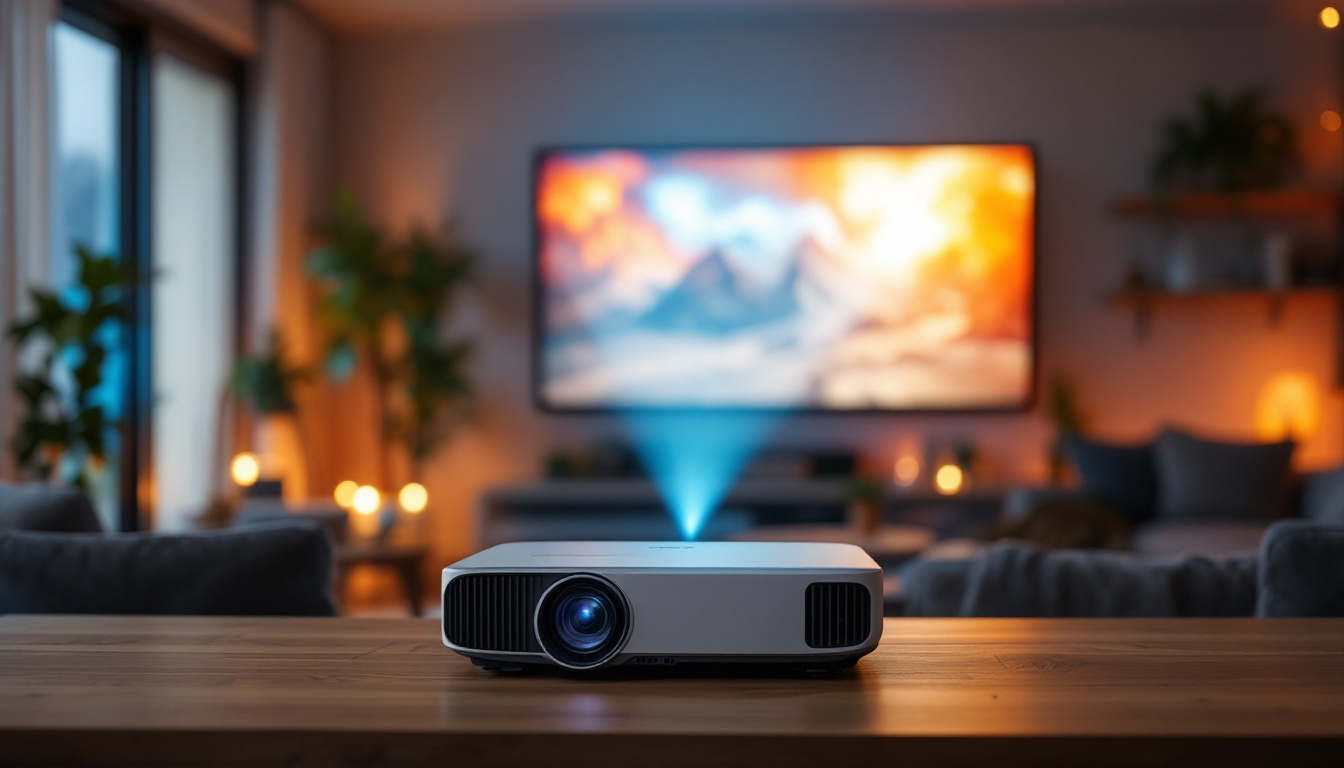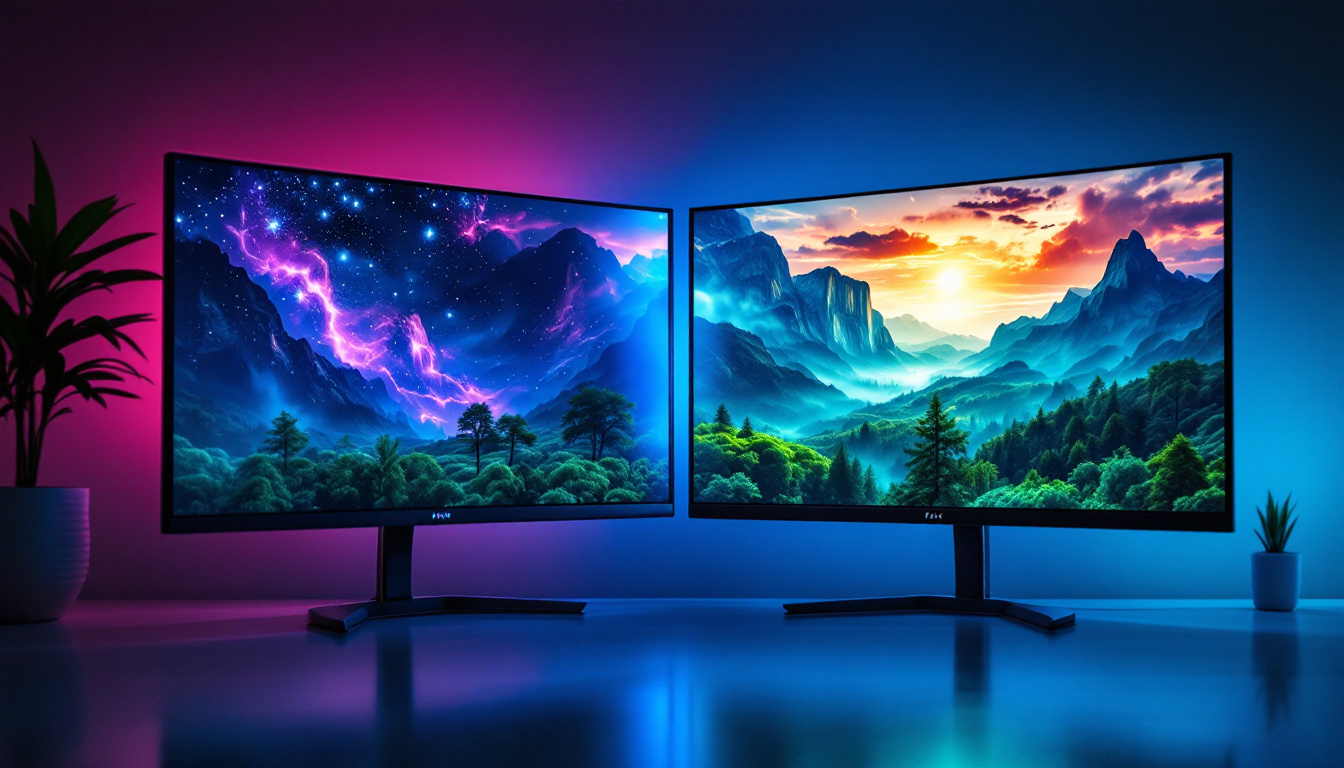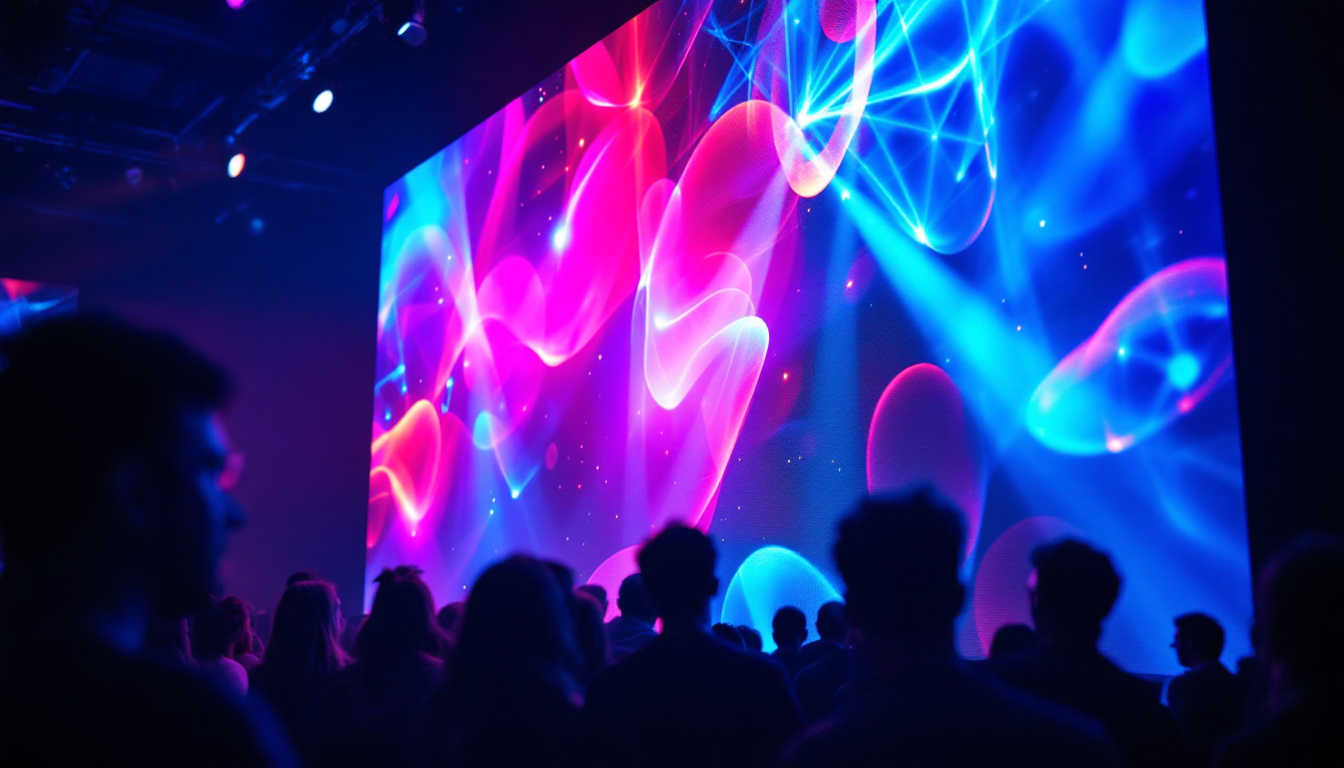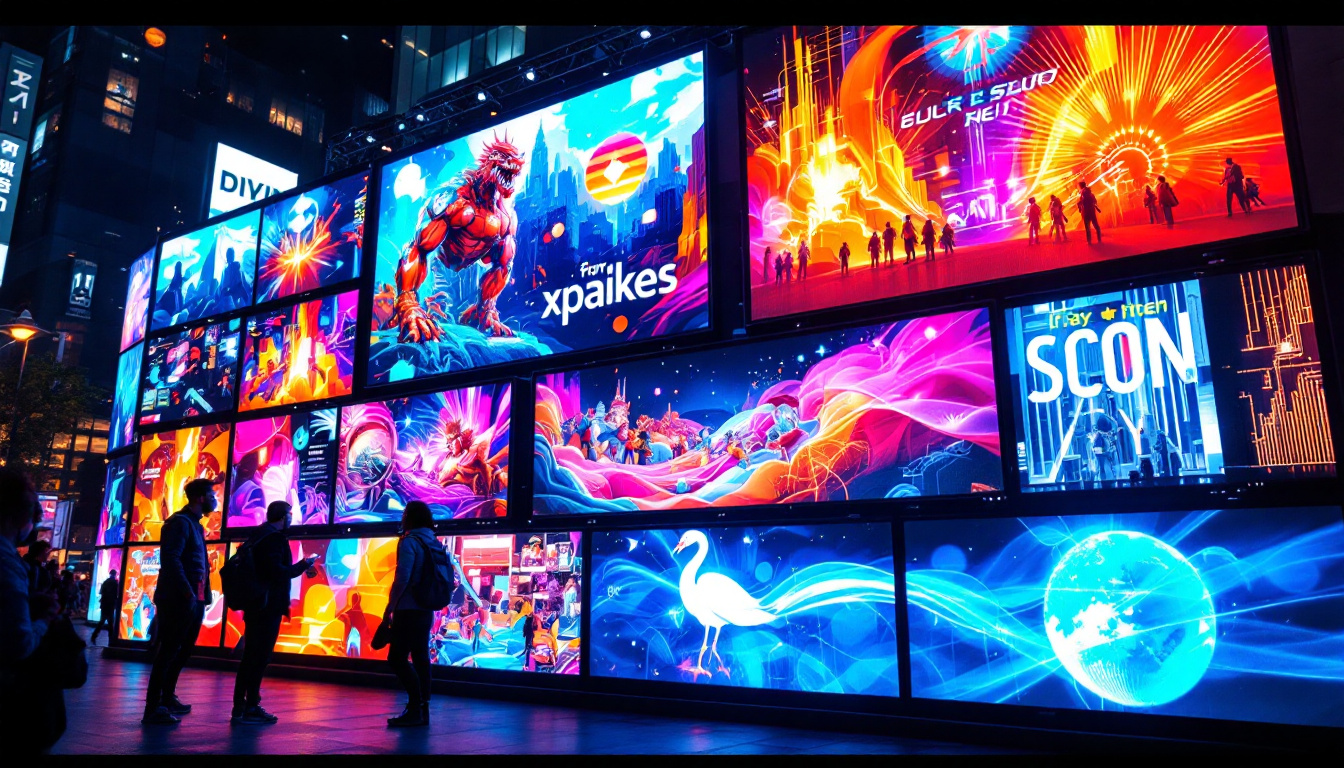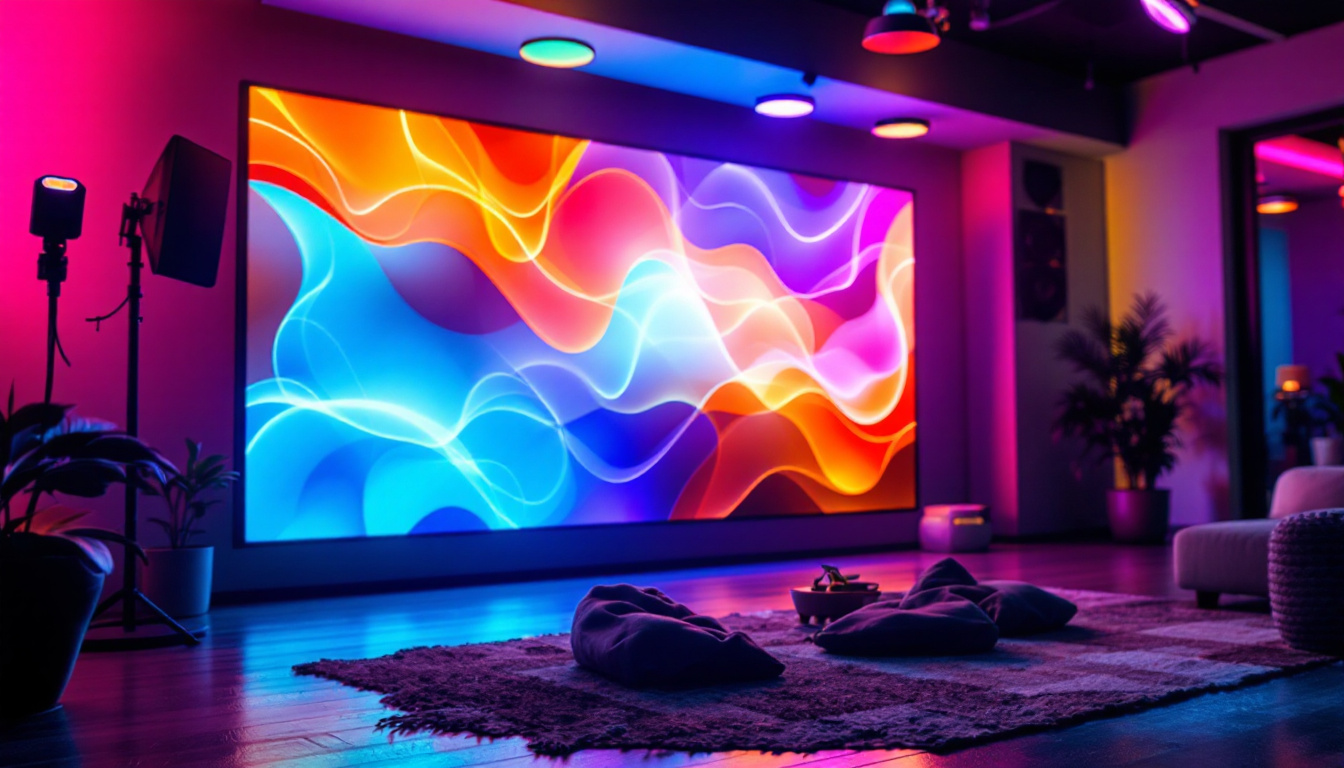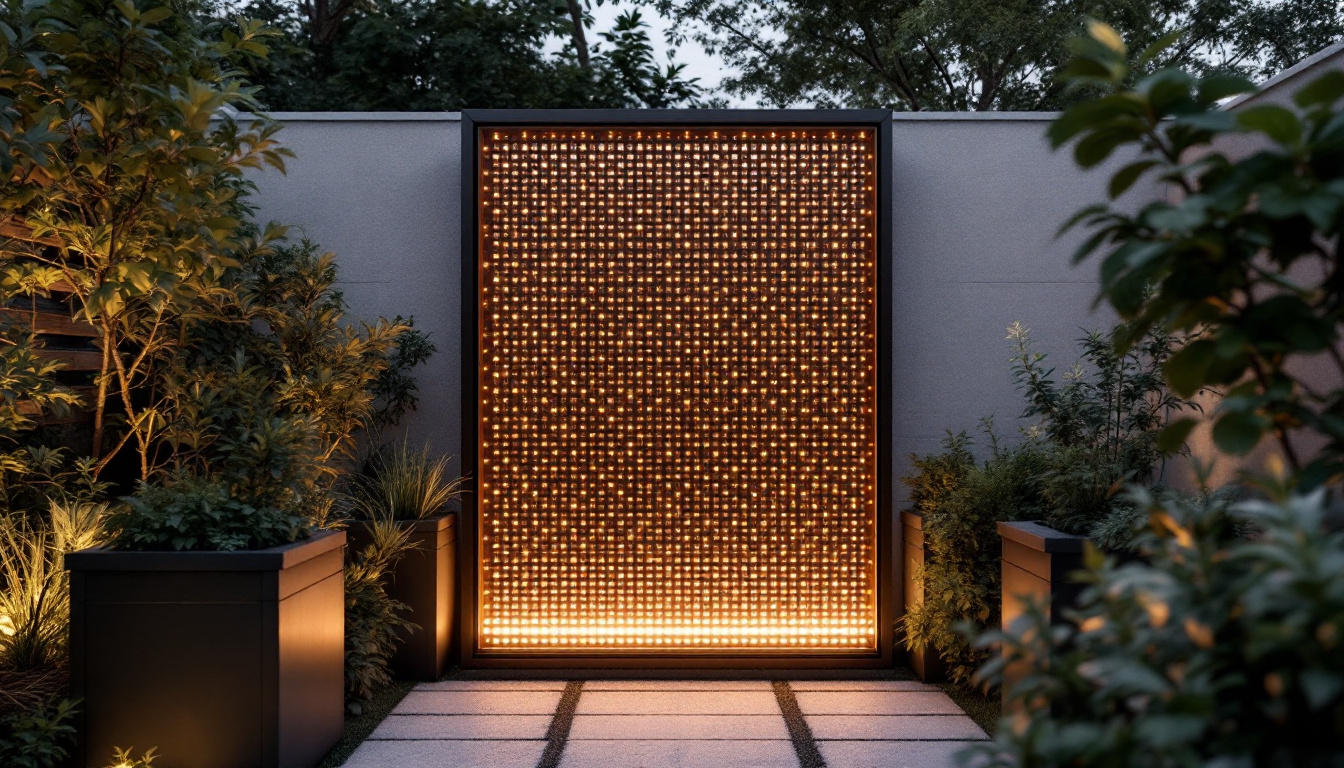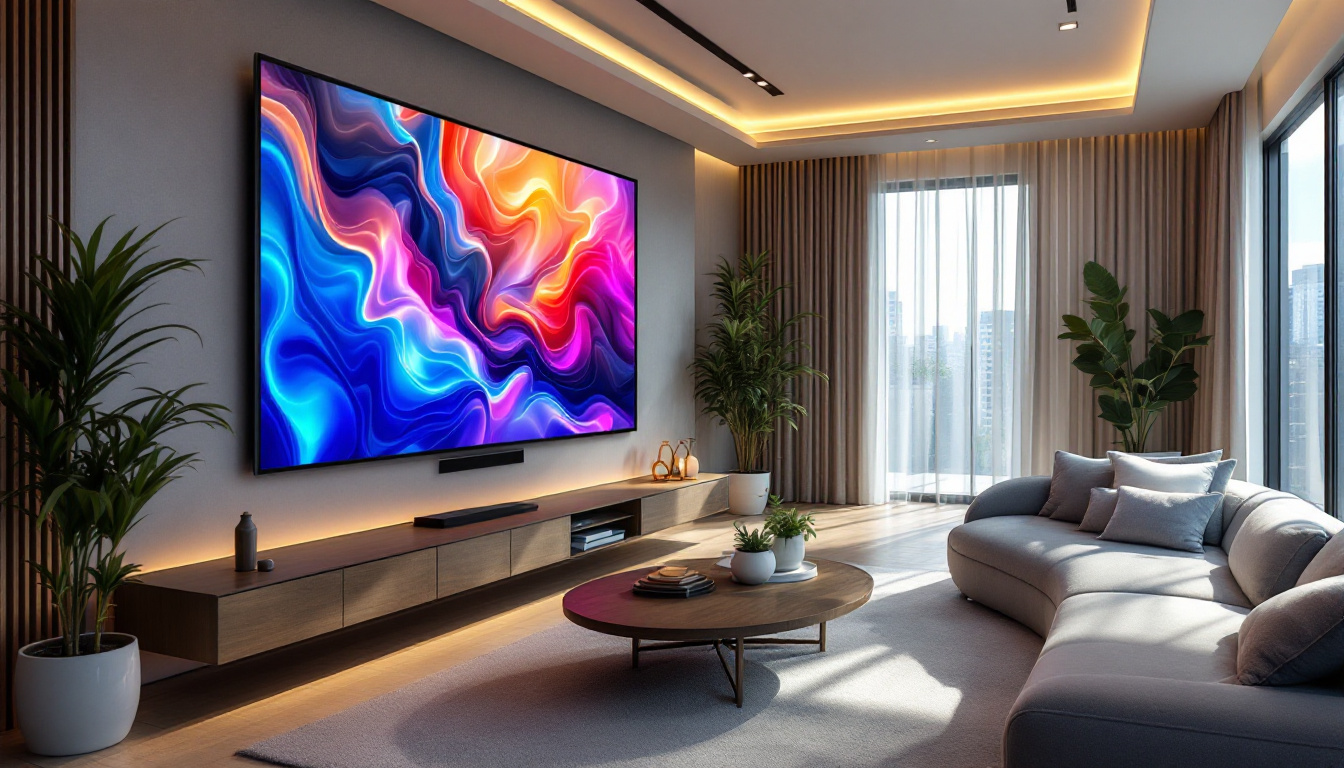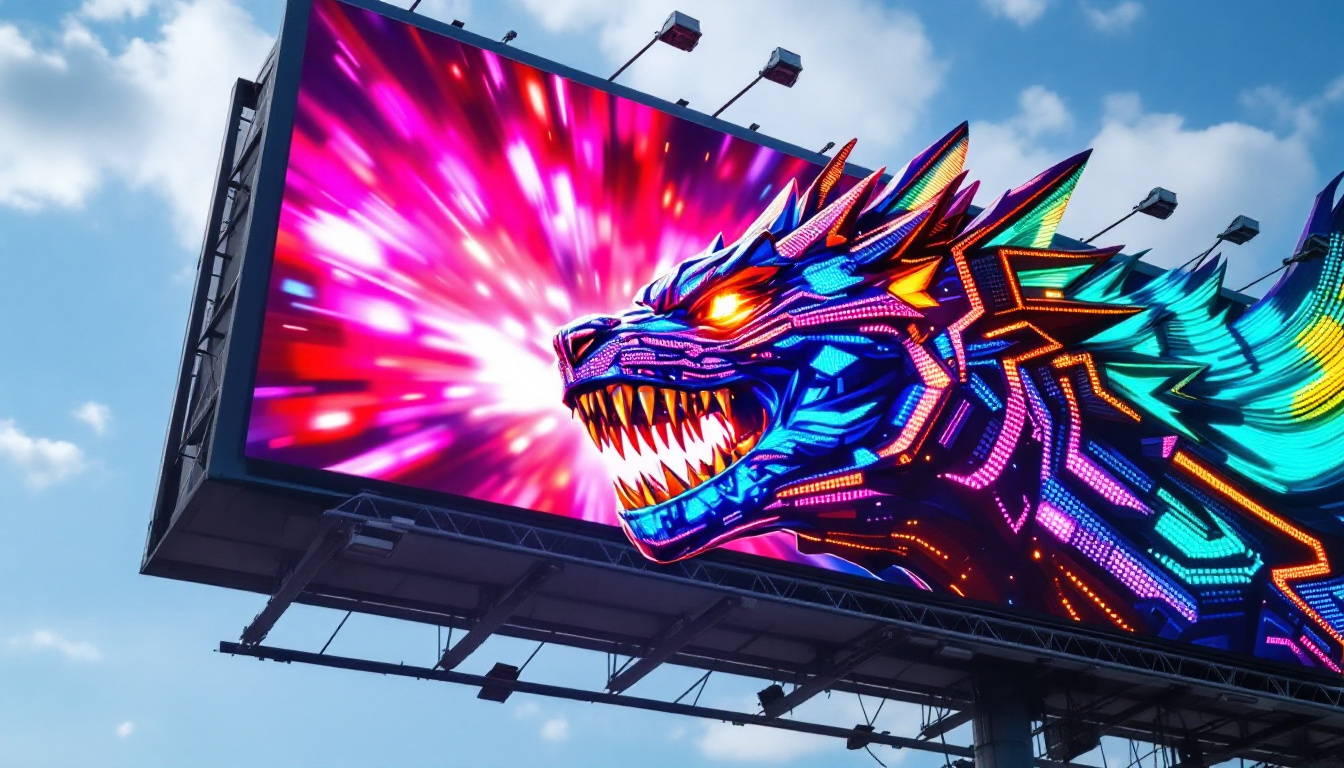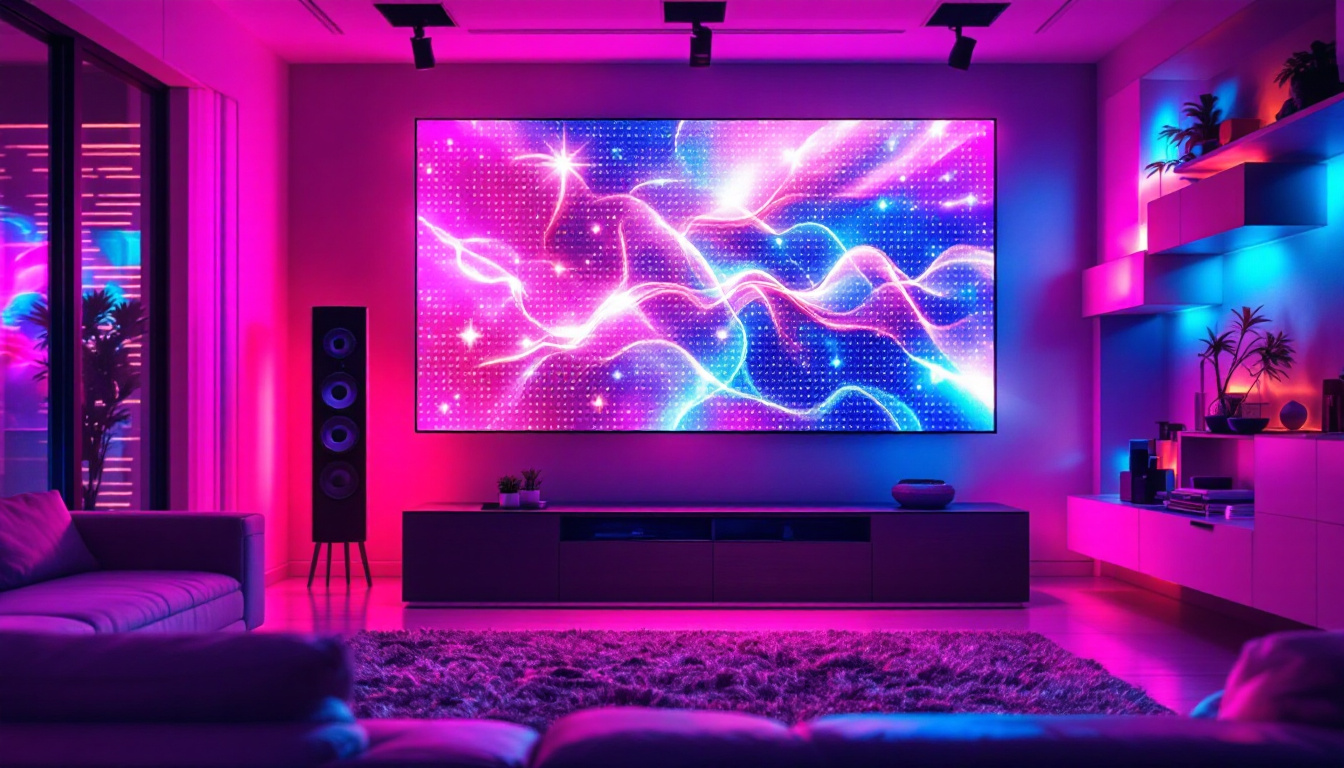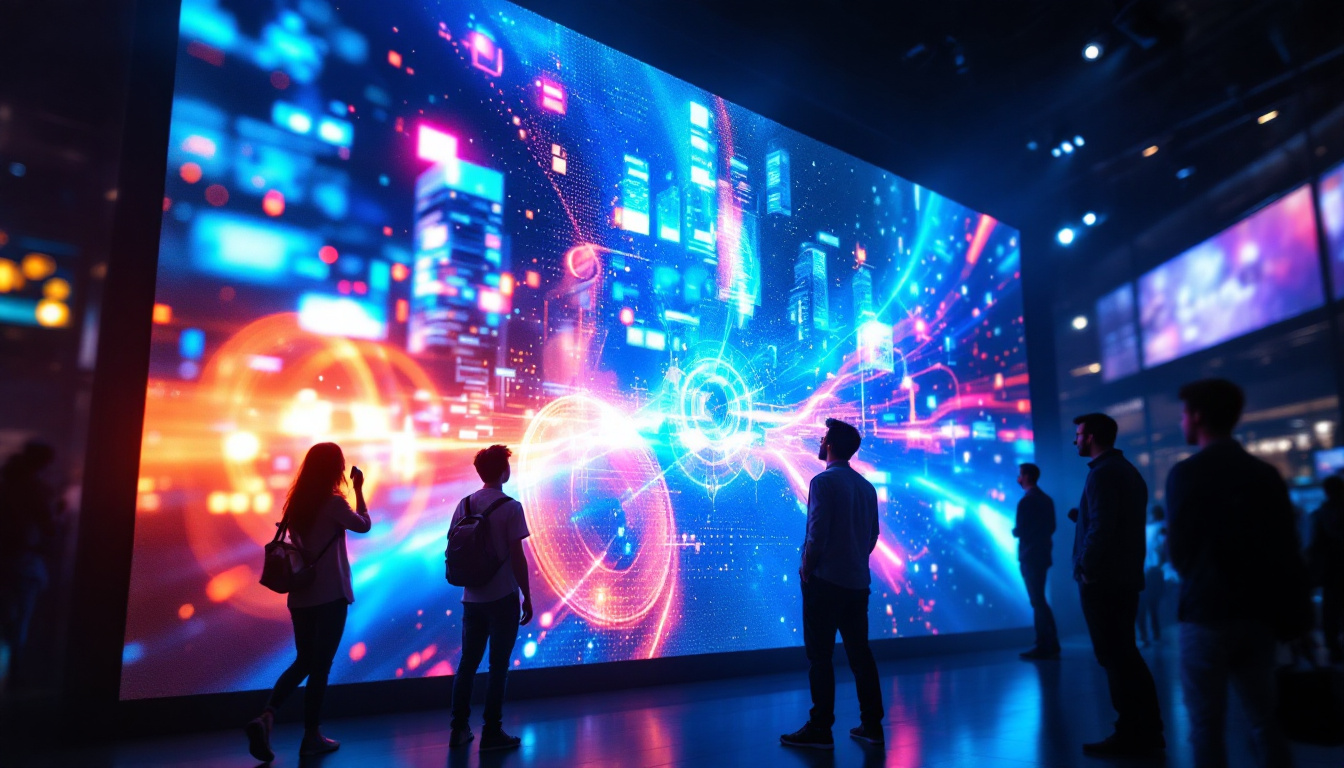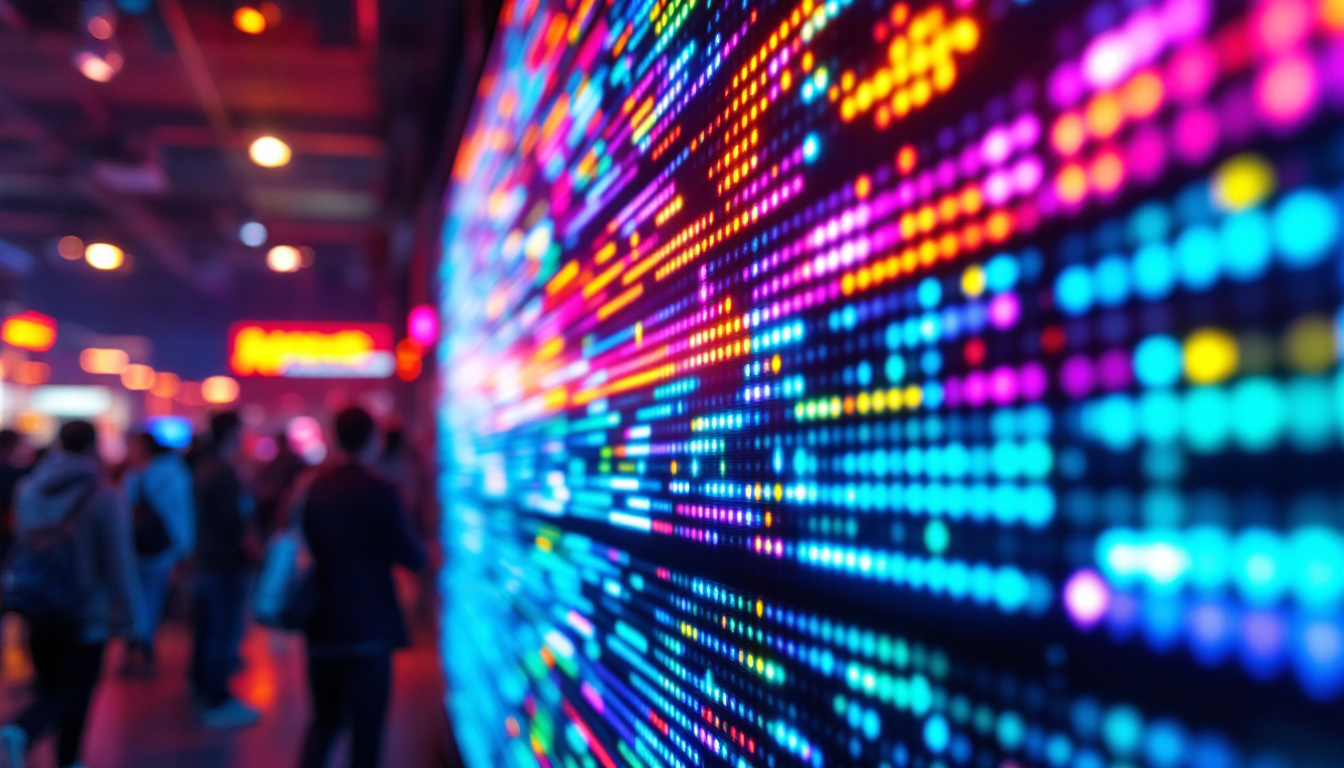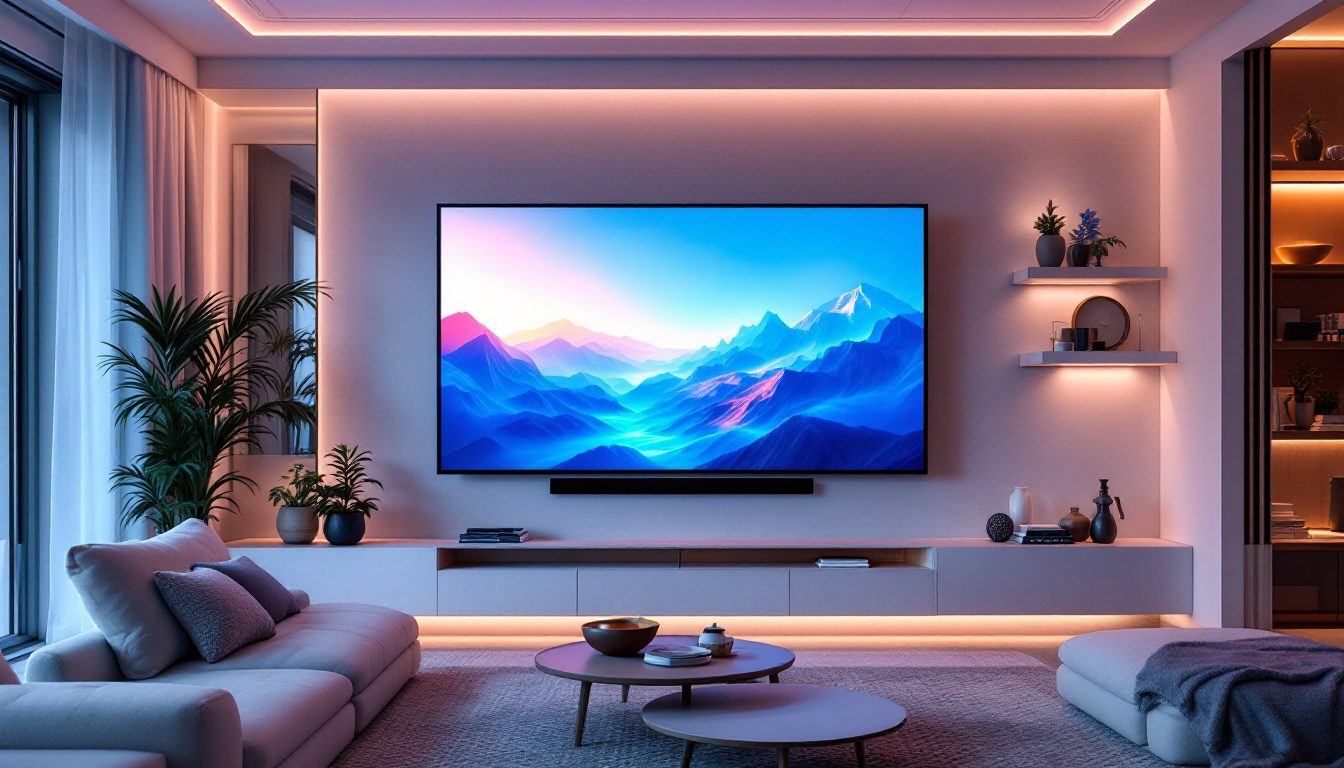In an era where technology merges convenience with functionality, All In One (AIO) desktop computers with touch screen LED displays have become increasingly popular. These devices combine the power of a traditional desktop with the sleekness and interactivity of modern touch technology. This article delves deep into the intricacies of AIO desktops, focusing on their touch screen capabilities and the LED display technology that powers them.
Understanding All In One Desktop Computers
All In One desktop computers integrate the computer’s internal components and the display into a single unit. Unlike traditional desktops, which require separate monitors, CPUs, and peripherals, AIOs offer a streamlined, space-saving design. This design appeals to both home users and professionals who value aesthetics and efficiency.
The rise of AIO desktops has been propelled by advancements in display technology and the increasing demand for touch-enabled devices. According to a 2023 report by Statista, the global market for AIO PCs is projected to grow by over 8% annually through 2027, driven largely by innovations in display and user interface technology.
Key Advantages of AIO Desktops
One of the most significant benefits of AIO desktops is their compact form factor. By housing all components behind the screen, they reduce clutter and simplify setup. This is particularly advantageous in office environments where desk space is at a premium.
Additionally, AIOs often feature sleek, modern designs that enhance the aesthetic appeal of any workspace. Their integrated nature also means fewer cables and peripherals, reducing the risk of hardware incompatibilities and making maintenance easier.
Touch Screen Technology in AIO Desktops
Touch screen functionality has revolutionized the way users interact with computers. In AIO desktops, touch screens provide a more intuitive and direct method of input, complementing or even replacing traditional peripherals like the mouse and keyboard.
Types of Touch Screen Technologies
There are several types of touch screen technologies used in AIO desktops, each with its own advantages and limitations:
- Capacitive Touch Screens: The most common in modern devices, capacitive screens detect touch through the electrical properties of the human finger. They offer high responsiveness and support multi-touch gestures, making them ideal for interactive applications.
- Resistive Touch Screens: These screens rely on pressure applied to the surface. While more affordable, they generally offer less clarity and responsiveness compared to capacitive screens and do not support multi-touch.
- Infrared Touch Screens: Using an array of IR sensors around the screen, these detect touch without requiring direct contact with the display surface. They are durable and support multi-touch but can be more expensive.
Capacitive touch screens dominate the AIO market due to their precision and user-friendly experience. For instance, the Microsoft Surface Studio 2, a leading AIO desktop, utilizes a high-quality capacitive touch screen that supports 10-point multi-touch input, allowing for complex gestures and creative workflows.
Benefits of Touch Screens in AIO Desktops
Touch screens enhance productivity by enabling faster navigation and more natural interaction. For creative professionals, such as graphic designers and video editors, the ability to manipulate images and timelines directly on the screen can significantly improve workflow efficiency.
Moreover, touch screens improve accessibility for users with limited dexterity or those who find traditional input devices challenging. Educational institutions and retail environments also benefit from touch-enabled AIOs, facilitating interactive learning and customer engagement.
LED Display Technology Explained
The display is arguably the most critical component of an AIO desktop, as it serves as both the visual output and the interface for touch input. LED (Light Emitting Diode) displays have become the standard in AIO desktops due to their superior image quality, energy efficiency, and slim profile.
What is an LED Display?
LED displays are a type of LCD (Liquid Crystal Display) panel that uses light-emitting diodes as a backlight instead of traditional cold cathode fluorescent lamps (CCFLs). This change results in several advantages:
- Improved Brightness and Contrast: LED backlighting provides more uniform brightness and deeper blacks, enhancing overall image quality.
- Energy Efficiency: LEDs consume less power than CCFLs, contributing to lower energy bills and longer device lifespan.
- Thinner and Lighter Panels: The compact size of LEDs allows manufacturers to produce slimmer and lighter displays, which is essential for sleek AIO designs.
Modern AIO desktops typically use LED-backlit IPS (In-Plane Switching) panels, which offer wide viewing angles and accurate color reproduction. This combination is particularly beneficial for professional applications that require color precision.
Types of LED Displays in AIO Desktops
While LED refers to the backlighting technology, the LCD panel type also influences display quality. The most common panel types in AIO desktops include:
- IPS (In-Plane Switching): Known for excellent color accuracy and wide viewing angles, IPS panels are preferred for creative work and general use.
- TN (Twisted Nematic): These panels offer faster response times but have poorer color reproduction and narrower viewing angles. They are less common in premium AIO desktops.
- VA (Vertical Alignment): VA panels provide better contrast ratios than IPS and TN but may suffer from slower response times and color shifting.
For example, the Apple iMac 24-inch model uses a 4.5K Retina IPS LED display, delivering stunning visuals with vibrant colors and sharp details, making it a favorite among creative professionals.
How Touch Screen and LED Display Work Together
The integration of touch screen technology with LED displays in AIO desktops creates a seamless user experience. The touch layer is typically applied directly on top of the LED panel, allowing users to interact with content without compromising display quality.
Multi-Touch and Gesture Support
Most modern AIO desktops support multi-touch input, enabling gestures such as pinch-to-zoom, swipe, and rotate. This functionality is crucial for applications ranging from photo editing to navigating complex software interfaces.
For instance, Windows 11, the latest operating system from Microsoft, is optimized for touch input, enhancing the capabilities of AIO desktops with touch screen LED displays. Features like virtual desktops, snap layouts, and touch keyboard improve productivity and ease of use.
Durability and Maintenance Considerations
Touch screen LED displays are designed to be durable, with many featuring scratch-resistant glass such as Gorilla Glass. However, they require proper care to maintain responsiveness and clarity. Regular cleaning with appropriate materials and avoiding excessive pressure helps prolong the lifespan of the touch screen.
Manufacturers often provide warranties covering the display and touch components, reflecting confidence in their durability. For example, Dell’s Inspiron AIO series includes a 1-year warranty covering both hardware and touch screen functionality.
Choosing the Right All In One Desktop with Touch Screen LED Display
Selecting an AIO desktop that meets specific needs involves considering several factors beyond just the touch screen and LED display technology.
Display Size and Resolution
The size of the display affects both usability and desk space. Common sizes range from 21.5 inches to 27 inches or larger. Higher resolutions, such as Full HD (1920×1080), Quad HD (2560×1440), or 4K (3840×2160), provide sharper images and more workspace on the screen.
Users engaged in detailed work, such as video editing or CAD design, benefit from larger, higher-resolution displays. Conversely, casual users may prioritize a balance between size and affordability.
Performance Specifications
While the display is vital, the internal hardware determines the overall performance. Key components to consider include the processor (Intel Core i5/i7 or AMD Ryzen 5/7), RAM (8GB minimum recommended), and storage type (SSD preferred for speed).
For gaming or intensive creative tasks, dedicated graphics cards and higher RAM capacities are essential. Some AIO desktops offer upgrade options, while others have fixed configurations.
Connectivity and Ports
Ensure the AIO desktop has sufficient ports for peripherals, including USB Type-A and Type-C, HDMI, Ethernet, and audio jacks. Wireless connectivity options like Wi-Fi 6 and Bluetooth 5.0 enhance versatility.
Operating System and Software Compatibility
Most AIO desktops run Windows or macOS, with some models featuring Linux compatibility. The choice depends on user preference and software requirements. Touch screen functionality is best supported on Windows 10/11 and macOS Big Sur or later.
Future Trends in AIO Desktop Touch Screen LED Displays
The evolution of AIO desktops continues to be driven by innovations in display and touch technology. Emerging trends promise even more immersive and efficient computing experiences.
OLED and Mini-LED Displays
While LED-backlit LCDs dominate the market, OLED (Organic Light Emitting Diode) and Mini-LED technologies are gaining traction. OLED displays offer superior contrast ratios and color accuracy by emitting light at the pixel level, eliminating the need for backlighting.
Mini-LED technology enhances traditional LED displays by using thousands of tiny LEDs for backlighting, improving brightness and local dimming capabilities. These advancements are expected to appear in premium AIO desktops within the next few years.
Enhanced Touch and Haptic Feedback
Future AIO desktops may incorporate advanced touch technologies with haptic feedback, providing tactile responses to user inputs. This development could improve precision and user engagement, especially in creative and gaming applications.
Integration with AI and Voice Control
Artificial intelligence and voice recognition are becoming integral to computing. Combining touch screen interaction with AI-driven assistants and voice commands will create more versatile and accessible AIO desktops.
Conclusion
All In One desktop computers with touch screen LED displays represent a convergence of design elegance, technological innovation, and user-centric functionality. Understanding the nuances of touch screen technologies and LED display types helps users make informed decisions tailored to their needs.
Whether for professional creativity, educational purposes, or everyday computing, AIO desktops offer a compelling solution that balances performance, aesthetics, and interactivity. As display technologies continue to advance, these systems will only become more powerful and versatile, shaping the future of desktop computing.
Discover the Future of AIO Desktops with LumenMatrix
Embrace the cutting-edge of AIO desktop computing with LumenMatrix’s innovative LED display solutions. As a pioneer in LED technology, LumenMatrix offers an array of products designed to elevate your visual experience, from vibrant Indoor LED Walls to dynamic Outdoor LED Displays, and even specialized solutions like Vehicle and Sports LED Displays. Perfect for businesses, creatives, and educators seeking to enhance their digital interactions, LumenMatrix’s All-in-One LED Displays merge impeccable design with interactive functionality. Ready to transform your workspace and captivate your audience? Check out LumenMatrix LED Display Solutions and step into a world where clarity and engagement redefine visual communication.


